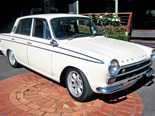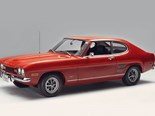Lotus Cortina Review: Top Ten Fords #5











|

|

|

|

|
Lotus Cortina: Colin Chapman turns family sedan from mild to wild
Lotus Cortina
In Europe, where the small car has always been king, Ford has had some kind of mortgage on small-car performance. Sure, Renault Gordinis and Fiat Abarths (and many others) came and went in small numbers and the Volkswagen Golf GTI invented the hot hatch, but way back in the 1960s, Ford was building high-performance small cars that took the motorsport world by storm and spawned a genre of cars that are probably more relevant today than ever.
The story of the Lotus Cortina is really an engine story in the first instance. Lotus founder Colin Chapman was looking for a four-cylinder race engine at the start of the 60s to replace the Coventry Climax, which had become too expensive.
The solution was to take a Ford Kent bottom end and design a twin-cam head for it. That job fell to Coventry Climax designer (and good buddy of Chapman) Harry Munday, with final tuning work by none other than Keith Duckworth, later of Cosworth fame. In its Lotus-Cortina form, the engine displaced 1558cc and was good for 78kW.
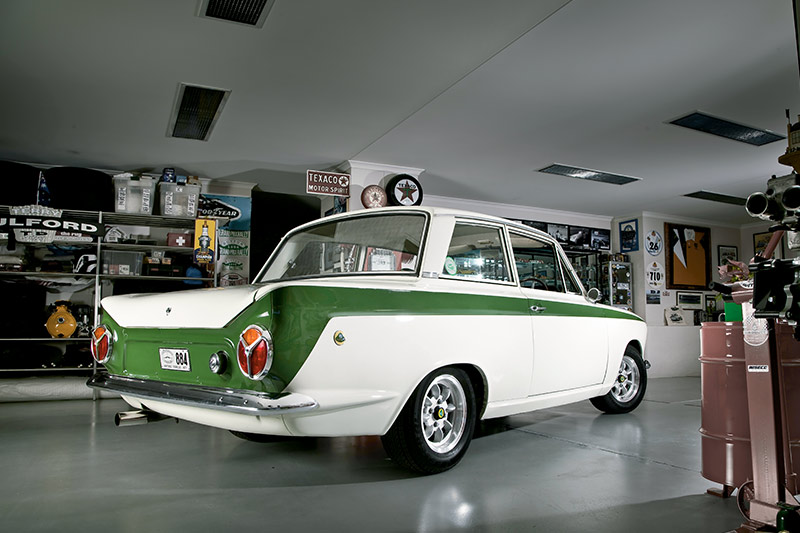
The engine first saw active duty at the Nurburgring in 1962 in a Lotus 23, but it was soon being used in Lotus road cars, the first being the Elan. Ford soon approached Chapman to build 1000 Cortinas with the engine for Group 2 homologation and the deal was done.
Type 28 – as the project was known internally – was based on a two-door Cortina body shell, which Lotus then fitted with the twin-cam engine and a close-ratio four-speed box from the Elan road car. The Lotus body got alloy doors, bonnet and boot, as well as those famous lightweight quarter-bumpers.
The rear suspension was heavily modified with coil-overs and two trailing arms, with an A-bracket that linked the diff housing with the floorpan replacing the old leaf-sprung live axle. Braces were added to stiffen the rear of the car and take the stresses, so the spare wheel had to be moved and the battery was relocated to the boot. At the front, Lotus fitted shorter struts, forged control arms and disc brakes.
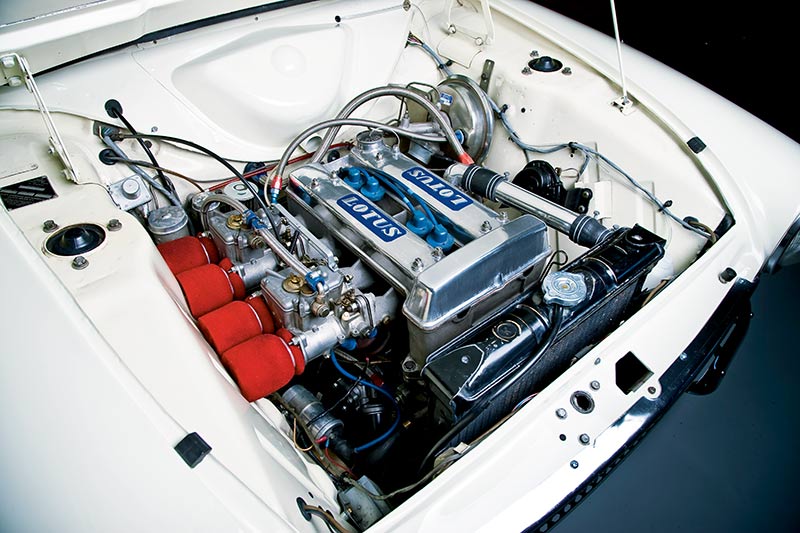
In the end, the complicated rear end caused a few headaches and no fewer than four upgrades took place over the years to fix them. These included a two-piece driveshaft, but it was eventually realised that the light-alloy Lotus gearbox casing was too flimsy (a bit of a general theme for Lotus at times) and it was swapped for the stronger, standard Cortina GT unit.
From the outset, though, it was clear the Cortina was going to be a ripper race car. In its first outing at Oulton Park in the UK – just days after its homologation – they finished third and fourth behind two Ford Galaxies, but, crucially, ahead of the 3.8-litre Mark 2 Jaguars that had been so dominant up until that point.
Lotus Cortinas were soon being run by factory teams in Europe, the USA and, of course, Britain, with privateers also running the things wherever they could. Famous international names to win in Lotus Cortinas were Jim Clark, Jackie Stewart, John Whitmore, Jack Sears and Jacky Ickx, as well as local aces Harry Firth, Bob Jane, Allan Moffat and Jim McKeown.
The Chapman-tuned Cortina was incredibly versatile, winning championships on circuits, in rallies and even in ice-racing in Scandinavia.
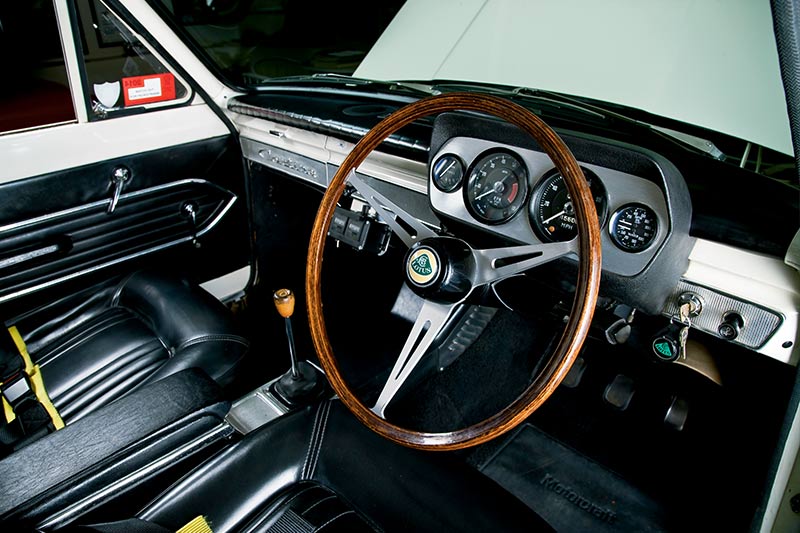
An honourable mention must also go to the Cortina GT500 developed locally by Firth in 1965. Homologation rules at the time stipulated 250 cars be imported and sold before they could be raced here, a number Ford didn’t think it could shift. But a local design had to sell just 100 units. Harry’s phone rang and the rest is Bathurst history.
Value and desirability
The original Lotus-Cortina was fast, but flawed in too many ways to work as a reliable road car. Survivors almost always come with some competition history, and a team of mechanics and fabricators whose task is to fix and maintain the fragile mechanicals and rear suspension.
Early 'A Frame' cars with rear coil springs are normally the most valuable, reaching $60,000 even without significant history. They can make for more with evidence of some famous previous owners.
Those built in 1965-66 with the more durable but less desirable semi-elliptic rear end sell for about 20 percent less, but in the longer term they may prove to be the better choice, and certainly more usable.
VALUE MOVEMENT
(1963-64 version)
1990 - $25,000
1999 - $32,000
2005 - $39,000
2010 - $65,000
2014 - $60,000
JOHN BOWE SAYS:
As a little kid, I remember when one of these turned up at a Tassie race meeting. It was mega. And it’s amazing just how many great drivers of the past raced the Lotus Cortina.
Ford has created some of the best small performance cars of all time, and the Lotus Cortina was an example of the Ford Motor Company and Colin Chapman of Lotus combining brilliantly. It led to a whole family of hot small Fords, all with race track heritage. Design a small car that could be a successful race car and then make a road car from it; that doesn’t happen now, but it was common back in the 60s.
Small, light, nimble and powerful, everything an enthusiast’s car should be. The Cortina was Europe’s best-selling medium-sized vehicle, and the Lotus was the shining halo model.
I have driven a couple and they are fun, with a capital F.
I would love to race one sometime, just like my childhood hero Jim Clark did. It’s one of the greats.
SPECIFICATIONS
Lotus Cortina
Production: 1963-1966
Body: Two-door coupe
Engine: 1558cc DOHC 4-cyl, 8v
Power: 78kW @ 5500rpm
Torque: 146Nm @ 4000rpm
0-100km/h: 13.6sec
400m: 18.4sec
Gearbox: 4-speed manual
Suspension: MacPherson struts (f);trailing arms, coils, live axle (r)
Brakes: Disc (f); drum (r)
Unique Cars magazine Value Guides
Sell your car for free right here
Get your monthly fix of news, reviews and stories on the greatest cars and minds in the automotive world.
Subscribe

.jpg)








